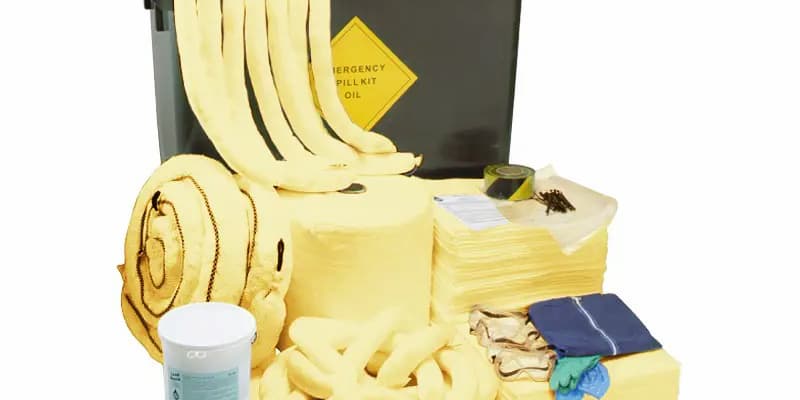Blog
Incident Response
We work hard to eliminate emergency situations in the workplace, but sadly they can occur. Make sure your team is ready to respond.

Getting on top of spillage control requires your site to be proactive rather than reactive. Proper planning to minimise spill risk, as well as sourcing the right equipment to limit the impact of any spill, will safeguard your team and the surrounding environment. Read More
.jpg)
Manual handling tools are designed to assist lifting, moving, and handling objects more effectively and safely. There are several reasons why using manual handling tools are important:
Read More
How many of your team have an ongoing medical condition? Do you know who is taking prescription medication? How many of your team have an allergy? Read More

Emergency ID tags have become commonplace at high risk sites such as those found in the construction, oil and gas industries. Recently, a customer got in touch to ask if the adhesive used in the tag might affect the integrity of a hard hat and compromise safety. Read More

Someone suffers a sudden cardiac arrest (SCA) every six minutes in the UK. When SCAs occur out of hospital, the use of an automated external defibrillator (AED) significantly improves survival rate. Investing in a workplace defibrillator is a smart move to safeguard your team. Read More

Emergency medical ID tags, also known as ICE tags or EMITAGS (Emergency Medical Information Tags), provide a casualty’s medical details when they are unable to speak for themselves. They give paramedics, first responders and first aiders immediate access to critical medical information and emergency contacts without having to raid HR files. Read More